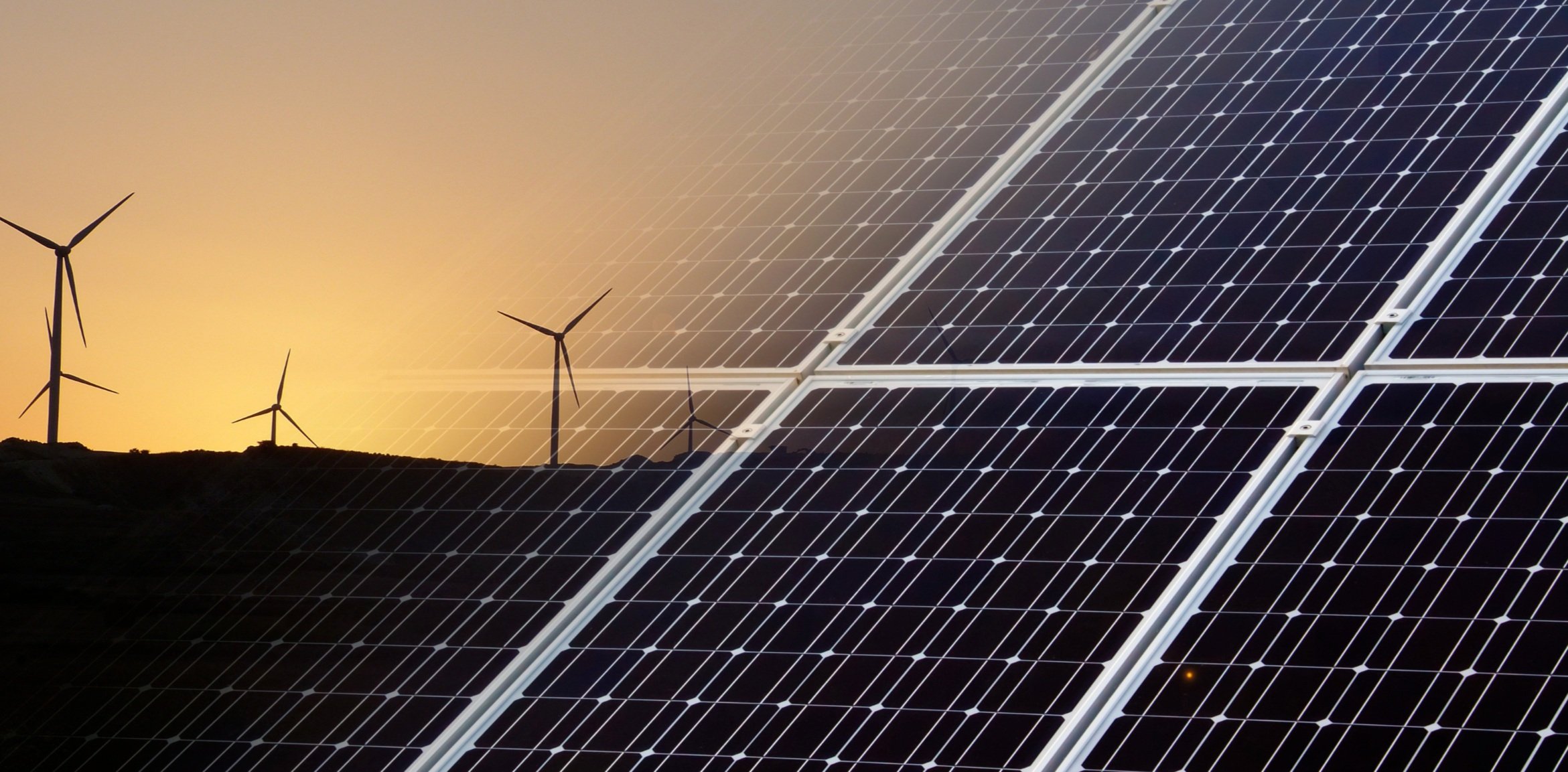
Switch to Green Energy
Switch to Green Energy
Switching to green energy is one of the easiest ways for your household to help reduce its impact on the environment.
To switch to green energy, firstly look for a clean energy supplier in your region, this means anyone who invests in producing renewable energy.
Visit www.greenelectricityguide.org.au to read their ratings on Australian providers for the emission intensity of the power stations they own, their investments in and policy positions on renewable energy and fossil fuels, their deals for solar consumers, their carbon offset products, their promotion of energy efficiency and demand management, and their corporate transparency and sustainability reporting.
Why
Burning fossil fuels to produce electricity creates greenhouse gas emissions. Fossil fuels include coal, gas and oil (diesel). The electricity sector is the biggest polluter accounting for 33% of our emissions. Several studies have found that there are no technical barriers to Australia achieving secure, reliable power from a very high proportion of renewable electricity.
How
Switch your plan to renewable energy or switch providers if your current provider doesn’t offer the option
Purchase energy-efficient appliances. Appliances account for 30% of home energy use. Energy efficient appliances have lower running costs. The money saved on an appliance that uses less energy can amount to a lot over the usage period. This makes an energy efficient appliance with a higher price tag a more cost effective option in the long run and is kinder to our planet.
Switch the lights off when you leave the room and unplug your electronic devices when they are not in use (appliances on standby can account up to 10% of electricity bills).
Turn your water heater down. It’s estimated 21 per cent of the energy used in the average Australian home is chewed up by heating water. For more information on how to optimise your water heater, check out this great article by the ABC: www.abc.net.au/news/2020-08-12/adjust-thermostat-hot-water-system-energy-saving-tips/12541076)
Install a low-flow showerhead. The average shower in Australia can use up to 64.2 litres of water per session. Not only is this wasteful, but it’s also bad for the environment. Low-flow showerheads have a special mechanism in them. These designs restrict the flow of water while keeping or improving the quality of the shower. By switching to low-flow, not only do you save money on water, but you’re also cutting down on your carbon footprint. Low-flow showerheads are available at most hardware stores such as Bunnings or Mitre 10.
For homeowners:
Install solar panels
Insulate your home, you will reduce the energy used for heating and cooling
Sources
Australian Government (2018) Quarterly Update of Australia’s National Greenhouse Gas Inventory: December 2017. 18 May 2018
AECOM (2012) 100% Renewables
AEMO (Australian Energy Market Operator) (2013) 100 per cent renewable study – modelling outcomes
CSIRO (2017) Electricity Network Transformation Roadmap.
Stocks M, Blakers A, Lu B (2017) Pumped Hydro Energy Storage to Support a 50-100% renewable electricity grid. Select Committee into the Resilience of Electricity Infrastructure in a Warming World. Submission 35.

